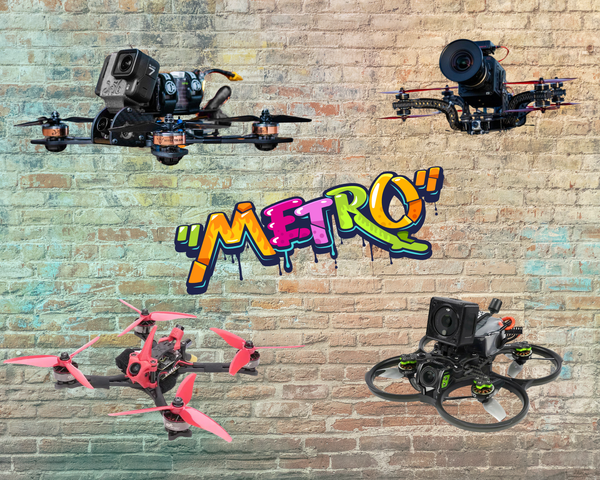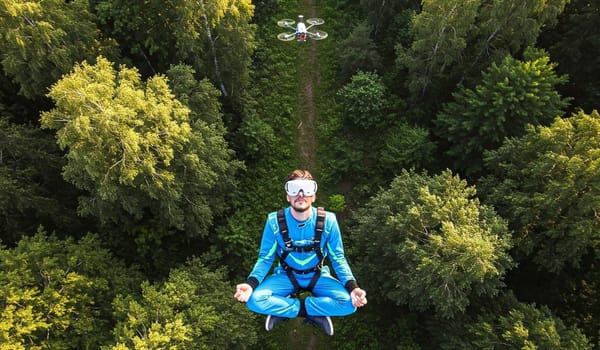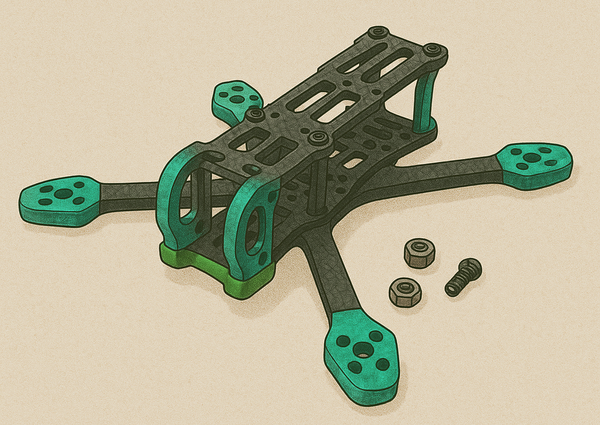How I Got Hooked on FPV Drones
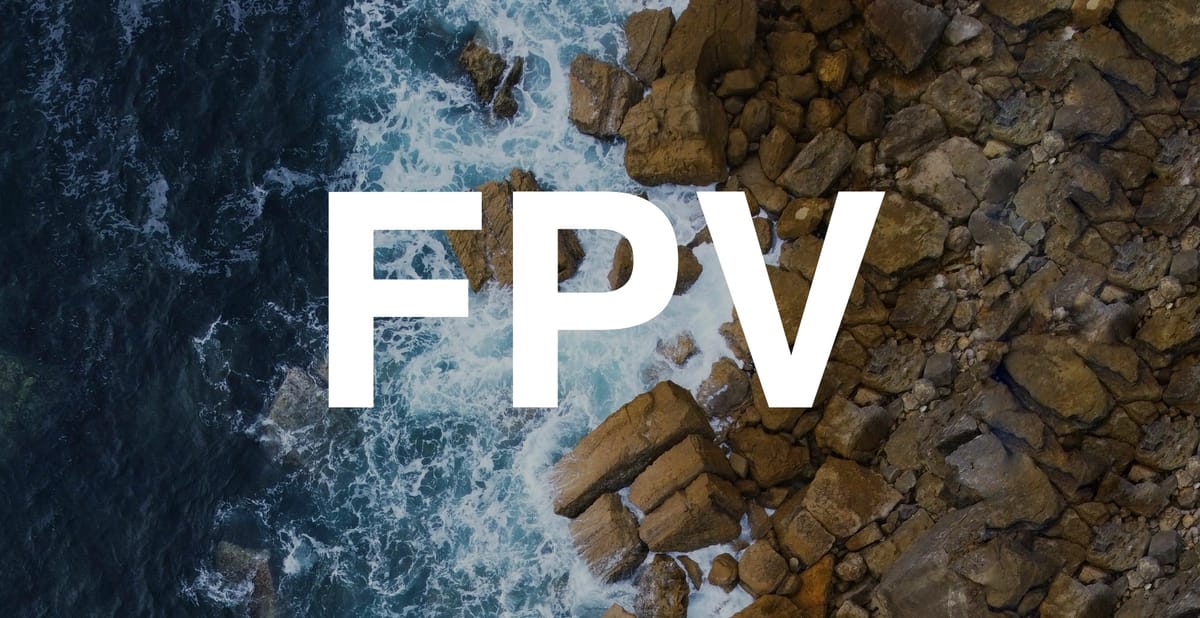
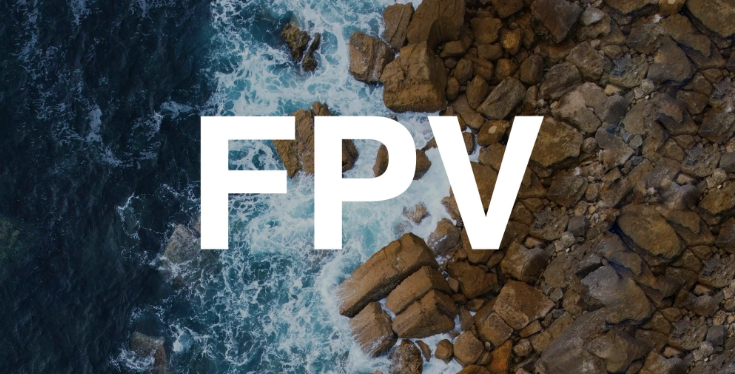
How It All Started
I never imagined a tiny drone would get my heart racing. It all began when I needed some aerial footage for a company promo video. I grabbed a trusty DJI Mini 4 Pro for those smooth, high-quality shots. The footage was nice – stable and clear – but something was missing. It felt too static, almost like watching paint dry from above. I found myself craving movement and excitement, something that could spice up those boring overhead shots.
A Friend's Advice and a YouTube Rabbit Hole
One day, a buddy of mine saw my footage and chuckled. He said, “If you think that’s cool, you gotta try FPV.” I had no clue what FPV (First Person View) meant, so he pulled up some YouTube videos for me. And wow – talk about a rabbit hole! We binge-watched crazy freestyle flights and cinematic dives by FPV drone pilots. I discovered creators like Joshua Bardwell, who not only flew like a pro but also taught every little detail on his channel. Within days, I was watching FPV content every night, totally hooked on the idea of flying like a bird.
It wasn’t long before I decided: I want in. I needed to feel that adrenaline for myself. Regular camera drones were officially too tame for me now.
Choosing My First FPV Rig
Deciding to fly FPV was the easy part – figuring out what gear to get was an adventure of its own. The internet is packed with options and opinions. After months of obsessing over reviews and forums, I landed on the drone I wanted: the GEPRC Mark5 DC. It’s a beefy 5-inch freestyle quadcopter. Most newbies were raving about the iFlight Nazgul Evoque (a super popular choice), but something about the Mark5 DC called out to me. Either way, I trusted my gut and clicked “Add to cart.”
For the controller (radio transmitter), I went with the Radiomaster TX16S – and not just the basic one. I splurged on the version with AG01 CNC metal gimbals (fancy stick controls that feel super smooth). I figured, if I’m going to learn to fly like a pro, I might as well use the gear the pros love. Tracking down all this gear was a bit like a scavenger hunt: I ended up ordering parts from half a dozen places, including AliExpress for some bits and Pyrodrone (a US-based shop) for others. The hardest thing to get my hands on were the batteries. Shipping big LiPo batteries are a hassle (they’re considered dangerous goods), and it took weeks to find a seller that could send me what I needed. But eventually, I had everything – drone, radio, goggles, batteries – all sitting on my desk, just waiting to fly.
Practicing in the Virtual Skies
Now, if you think I immediately ran outside to fly… nope. I was terrified of crashing my brand-new quad on day one. These FPV drones are fast and not at all like the gentle DJI camera drones. So I did what every sensible (obsessed) newbie does: I booted up a simulator. I chose Liftoff, one of the popular FPV drone simulators, and let me tell you – it was a game-changer. Every evening after work, I’d plug my TX16S radio into the computer and fly virtual drones in Liftoff. At first, I crashed… a lot. I couldn’t even complete the basic tutorials. But with each virtual battery pack I “flew,” my control improved. After a few weeks, zooming around digital landscapes started to feel natural. Muscle memory was kicking in. I learned how to handle throttle, make tight turns, and even do simple flips – all without destroying a real drone. It’s weird training your brain to see through a drone’s eye view, but those hours in the simulator gave me the confidence to finally take my gear out for the real thing.
The Big Day – First Flight in Chicago
Fast forward to summer 2024. I found myself in Chicago on a work trip, and of course I had my FPV kit with me (because who goes anywhere without their drone, right?). A local flying club had a dedicated field for RC pilots, and one of my friend arranged for us to go there one sunny afternoon.
We got to the field and set everything up. I double-checked everything like five times: strapped in a fresh battery, did a radio link check, made sure the goggles were on the right channel. My heart was pounding. Finally, I took a deep breath, armed the motors, and took off.
And oh my goodness – it felt amazing. Through the goggles, I was seeing the world from above, in real life, not a simulator. I gently pushed the throttle and the Mark5 zoomed forward. I remember laughing and maybe even yelling “This is awesome!” inside my head. The speed, the freedom of movement, the sense that I was in the drone soaring over that field – it was all worth the months of anticipation.
Sticking the (Rough) Landing
The flight only lasted a few minutes (my nerves probably drained the battery faster than normal). I did a couple of simple laps around the field, nothing fancy – no flips or crazy dives yet, just getting a feel for it. Honestly, the drone was way easier to control than I had feared. All that simulator practice paid off. I even tried a gentle figure-eight pattern, which felt like a huge achievement for my first real flight.
When it was time to land, reality hit me: I had no idea how to land gracefully. With DJI drones, you press a button and they basically land themselves. With an FPV quad, it’s all manual. I hovered a few feet above the ground and then… I sort of just cut the throttle. Thump! The poor quad dropped onto the ground like a rock. Not exactly the smooth landing I hoped for! But hey, no harm done – the grass was soft, and these freestyle drones are built to handle a beating. I walked over, flipped it upright, and let out a breath I didn’t realize I was holding. I’d done it. First flight = success (and one bouncy landing).
Hooked on the FPV Life
Standing there in that field, I knew I was officially addicted. The rush of that first flight had me grinning ear to ear. All the initial nerves and the steep learning curve were worth it for this moment. On the drive back, my friend and I couldn’t stop talking about everything – how well the drone flew, what I could improve next time, and all the possibilities ahead.
FPV isn’t just about the flying, I’ve come to realize. It’s also the tinkering and the journey. I love that I had to learn about the electronics, configure the drone, and practice to get here. I even enjoyed the process of researching and building my setup piece by piece. Now I’m excited not just to fly more, but to maybe build a custom drone from scratch, tweak the settings (the techy term is “tuning”), and scout out awesome new locations to fly.
So that’s the story of how a simple need for a cool video turned into my newest obsession. If you’re reading this and thinking about trying FPV – do it. Sure, it takes some time to get the hang of things, but that first time you punch the throttle and soar – Absolutely priceless.
My journey from static aerial shots to thrilling FPV dives has only just begun, and I look forward to sharing more of it here!
